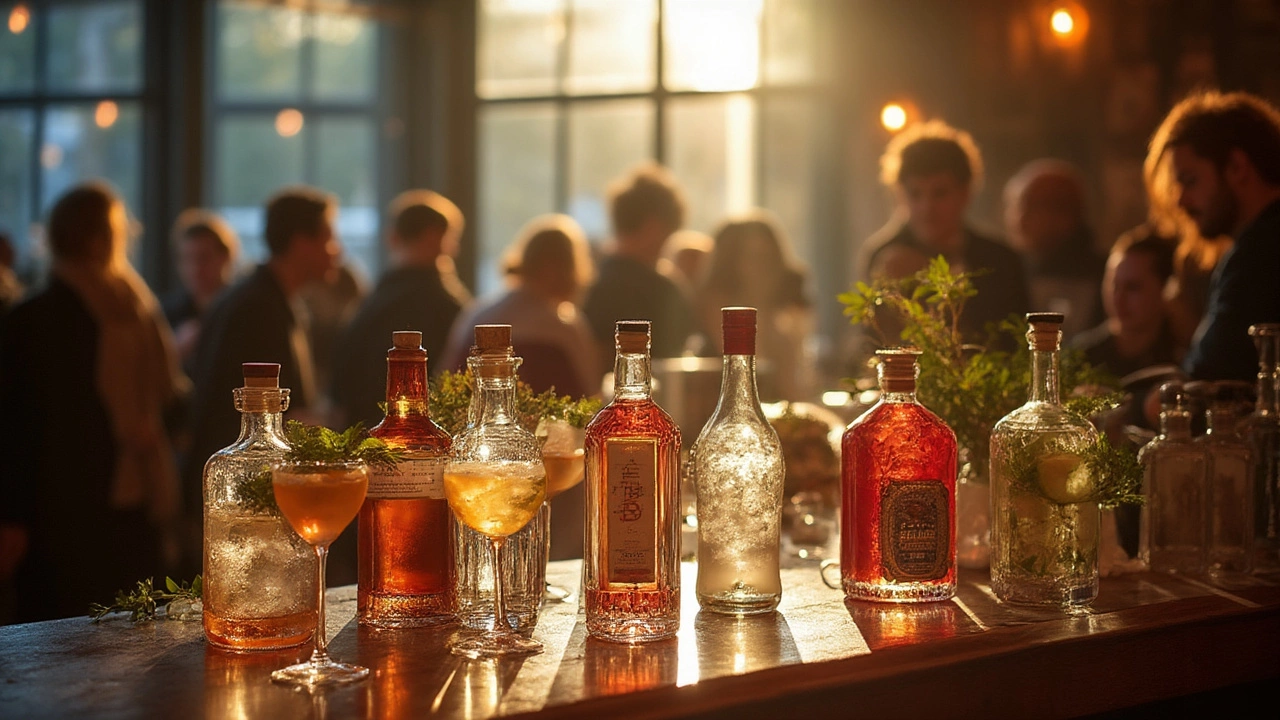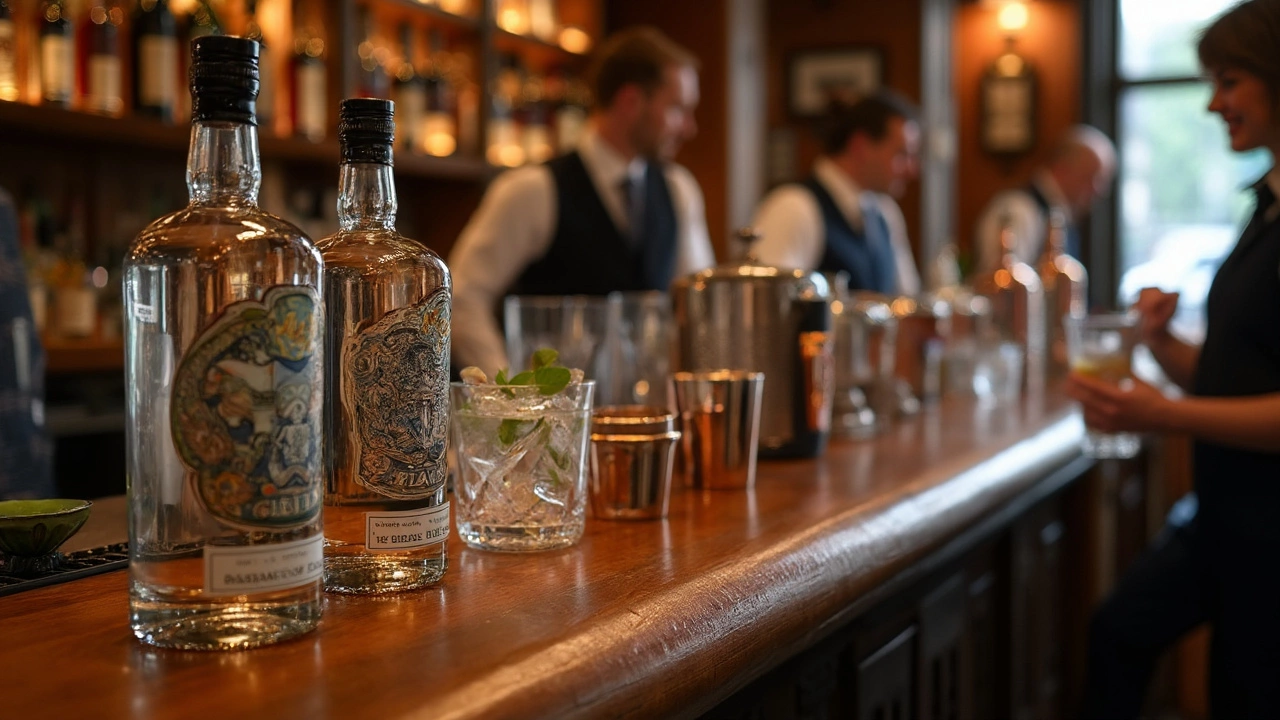Gin Brands: What to Know Before You Pour
If you’ve ever stared at a gin shelf and felt lost, you’re not alone. There are dozens of brands, each promising a different vibe. The good news? You don’t need a sommelier degree to pick a bottle you’ll enjoy. Below are the basics that will help you choose, taste, and pair gin like a pro.
Why Gin Brands Matter
Every gin starts with a neutral spirit, but the botanicals you add make all the difference. Some brands lean heavily on juniper, giving a pine‑sharp bite. Others balance juniper with citrus, floral, or spicy notes. Knowing a brand’s style tells you which cocktails it will shine in. For example, a London dry gin with bold juniper works great in a classic martini, while a botanical‑rich gin with citrus and coriander pairs nicely with tonic or in a gin‑fizz.
Price isn’t always a reliable guide to flavor. A mid‑range gin can outperform a pricey one if its botanical mix matches your palate. Look at the label: a short list of ingredients usually means a focused flavor, while a long list can create a more complex, layered sip. Trust the brand’s story—many small distilleries source local herbs that add a unique regional twist.
Choosing the Right Gin for Your Drink
Start with the cocktail you plan to make. If you love a crisp gin & tonic, pick a gin with bright citrus or slight herbaceous notes. A gin & tonic made with a heavy‑juniper gin can feel overwhelming. For a Gimlet, a smoother gin with subtle lime‑compatible botanicals works best. If you’re mixing a Negroni, a gin with a bit of sweetness or spice can balance the bitter Campari.
When you’re unsure, try a tasting flight. Pour 1‑ounce measures of three different brands into separate glasses, add a splash of water, and note the aromas. Do you smell pine, citrus, pepper, or floral hints? Write a quick note for each. This simple test helps you remember what you like without buying full bottles.
Don’t forget the garnish. A slice of cucumber, a twist of grapefruit, or a few peppercorns can highlight a gin’s strengths. Even a plain olive in a martini can make a big difference if the gin’s botanicals complement the briny bite.
Finally, store your gin properly. Keep it upright, away from direct sunlight, and at room temperature. Unlike wine, gin doesn’t age in the bottle, so there’s no need for a cellar. A sealed bottle will stay tasting fresh for years.
Armed with these basics, you can walk into any liquor store and pick a gin that fits your taste and your cocktail plans. Experiment, take notes, and enjoy the journey—there’s a great gin waiting for every mood.
Which gin tops the charts in 2025? Explore flavor notes, expert tips, and stand-out bottles from classic London Dry to Aussie botanicals. Find your perfect gin match.
View DetailsWhat does it mean when someone calls a gin brand 'top shelf'? This article breaks down exactly what makes a gin premium, names recognizable brands, and gives practical tips for spotting quality on your next distillery tour. We look at ingredients, techniques, and even the best ways to taste and enjoy gin like a pro. Anyone planning a distillery tour or looking to upgrade their home bar will get something useful here. Read on to discover what makes a bottle worthy of the top shelf.
View Details


